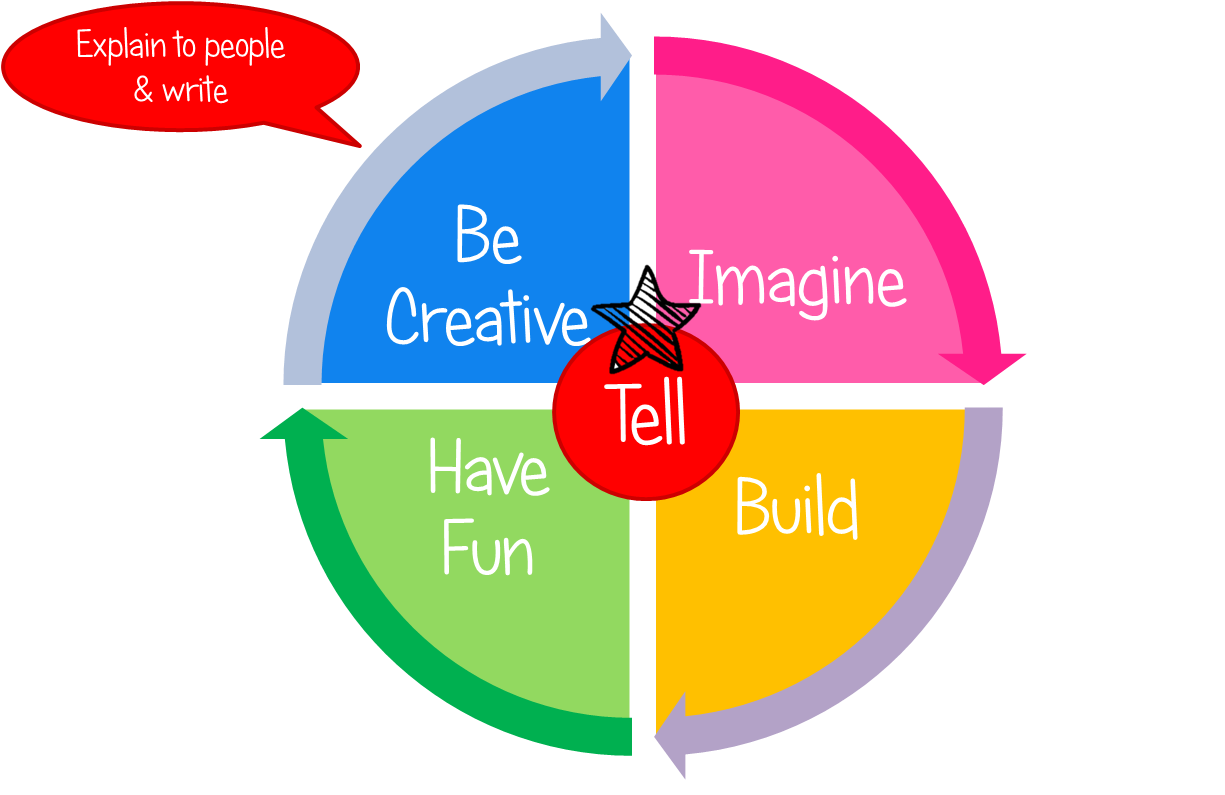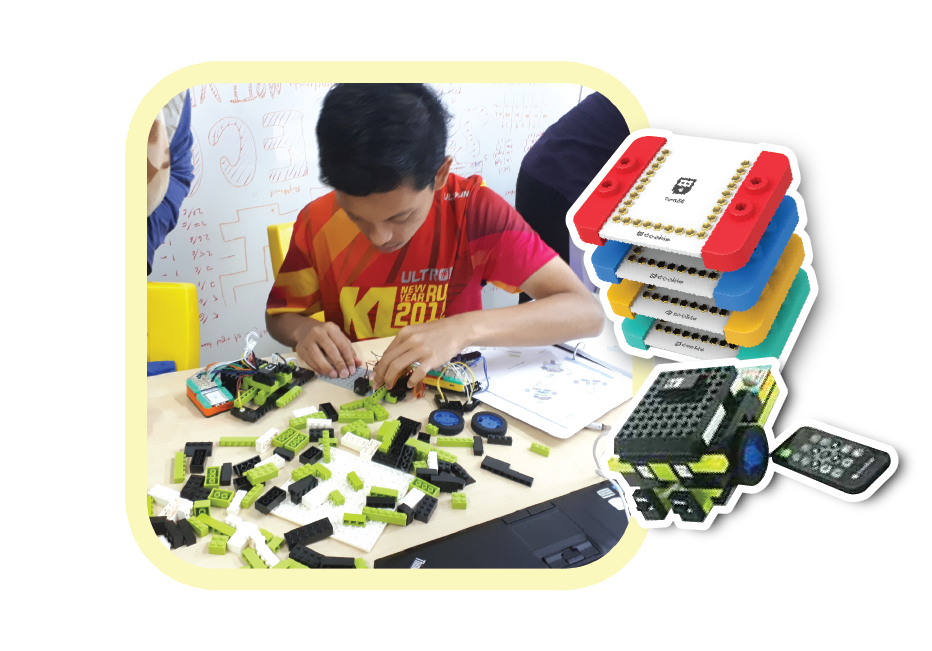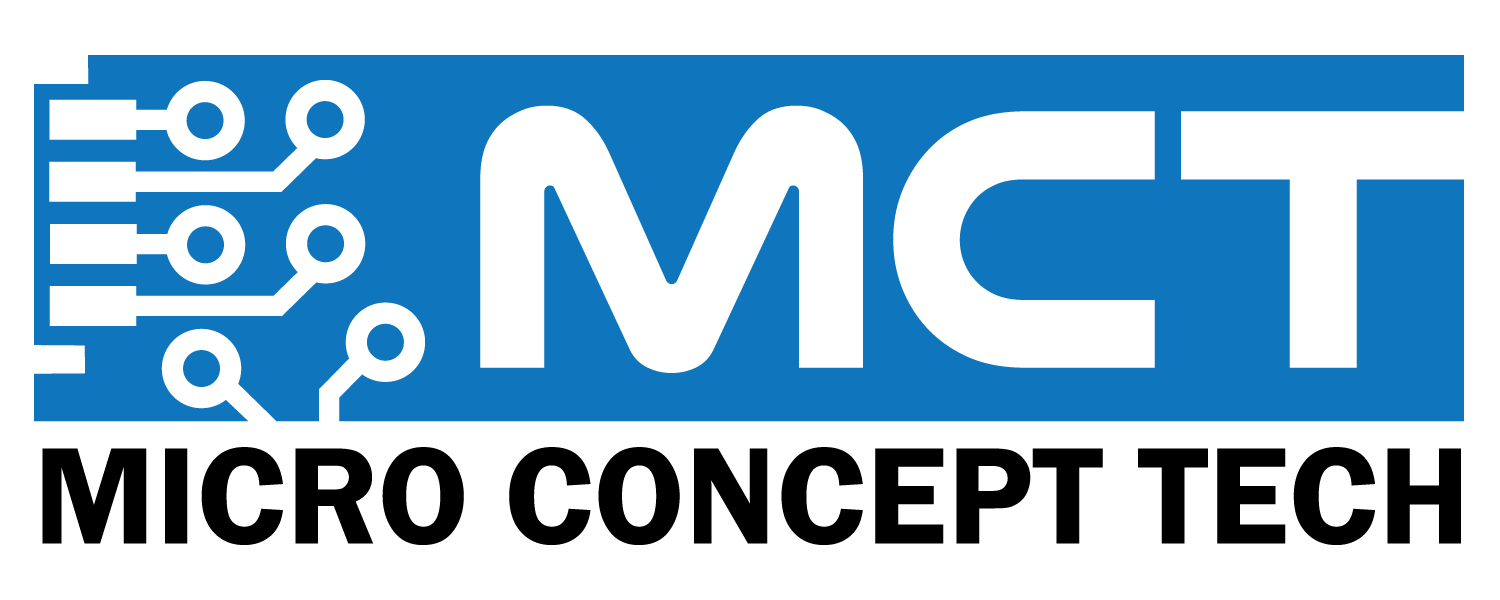STEM Education
STEM education adopts an interdisciplinary and applied approach, educating students in four specific disciplines. Science, Technology, Engineering, and Mathematics, based on real-world applications. Instead of teaching these disciplines separately, STEM integrates them into a cohesive learning paradigm.
Venture into the World of STEM Education
What is STEM Education?
The Ministry of Education Malaysia launched the Science, Technology, Engineering, and Mathematics (STEM) education initiative in the Malaysia Education Blueprint 2013–2025. The aim of this initiative is to prepare students with the skills to meet the challenges of science and technology. Then, to ensure Malaysia has a sufficient number of qualified STEM graduates.
STEM education has the approach of educating students in four specific disciplines. Science, Technology, Engineering, and Mathematics in an interdisciplinary and applied approach based on real-world applications. STEM integrates them into a cohesive learning paradigm. Rather than teaching the four disciplines as separate and discrete subjects like in a school classroom.

Innovative Thinking Method
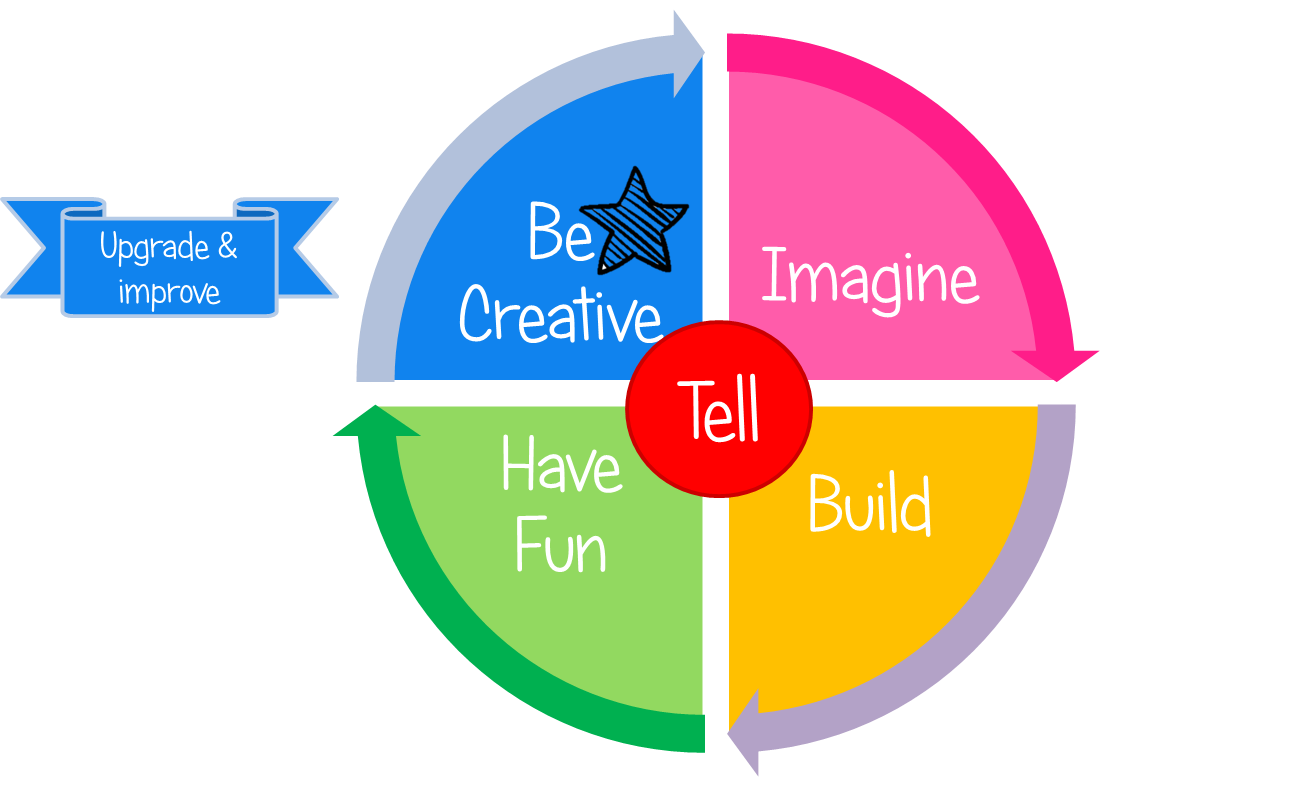
PHASE #1 : Imagine
This phase encourages students to think outside the box by imagining what problems need to be solved and how to solve them.
PHASE #2 : Build
In this phase, students are introduced to the relevant components and technological systems for particular innovations. They create and develop their ideas with engineering discipline.
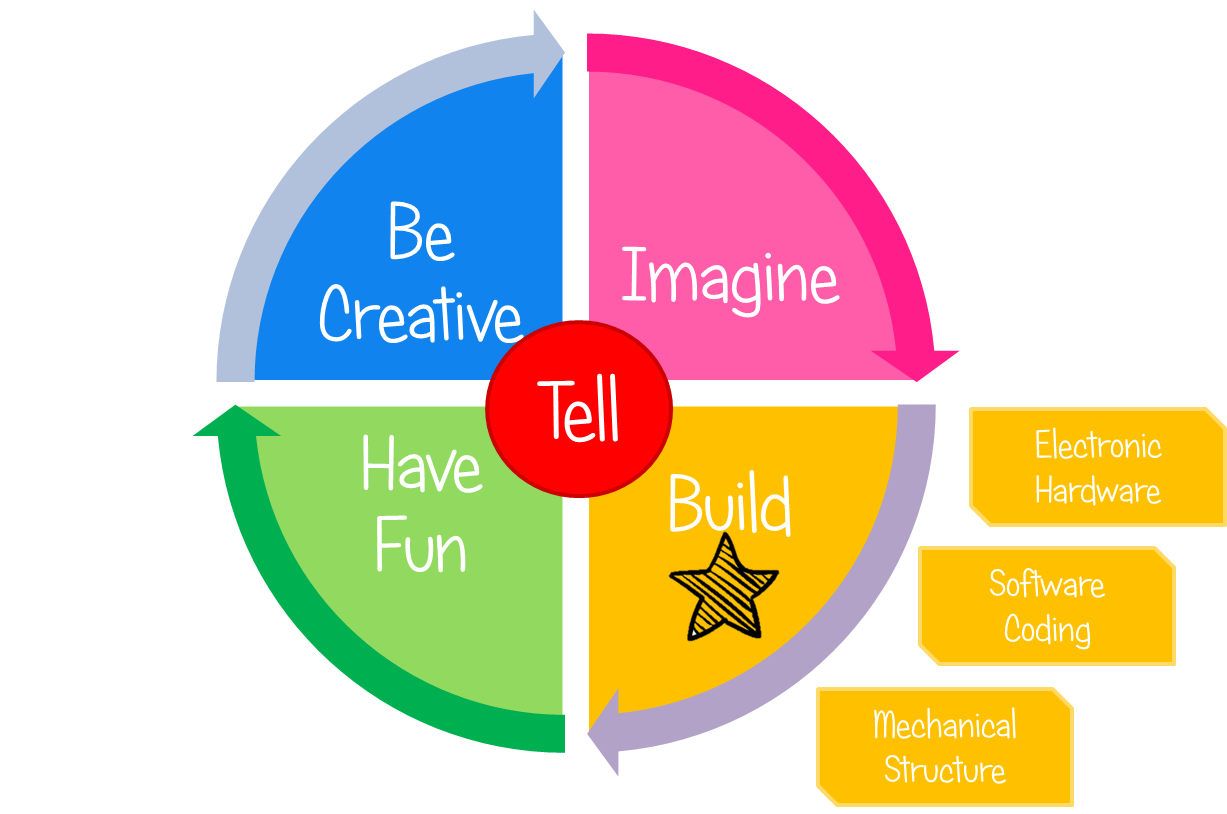
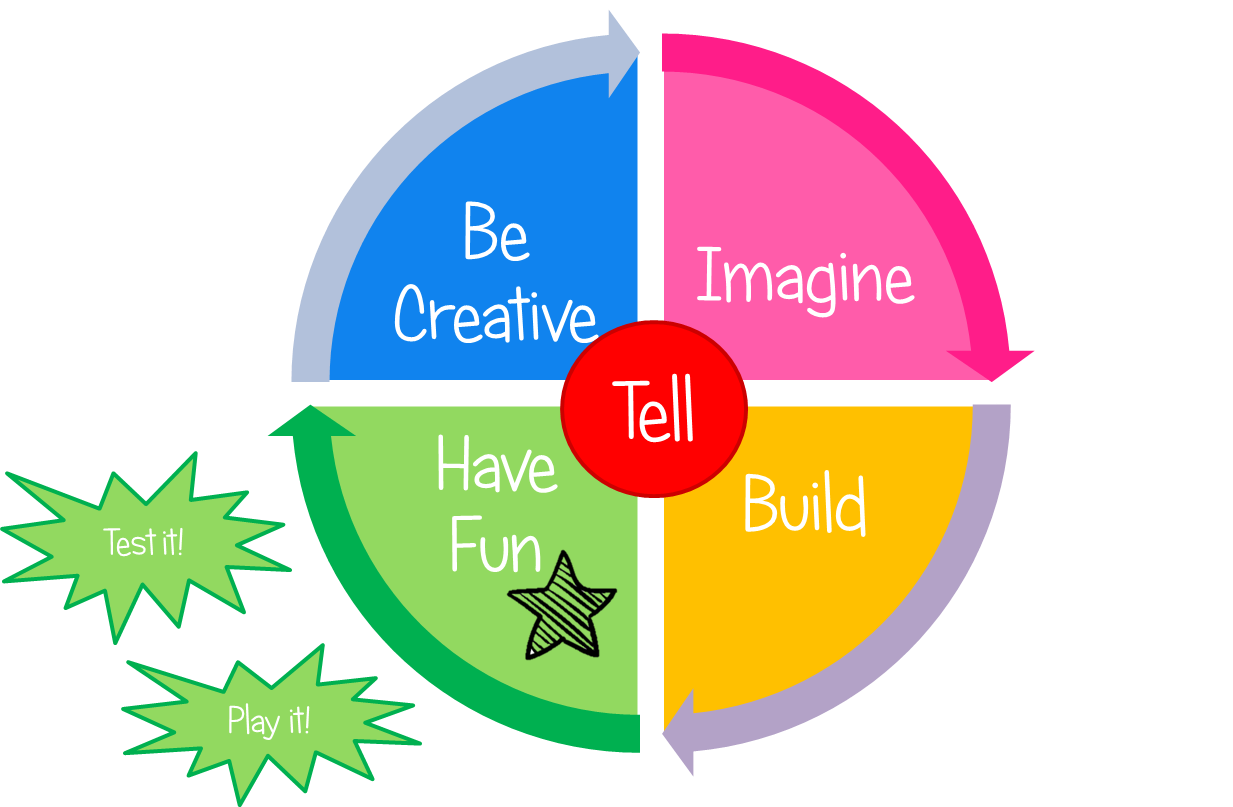
PHASE #3 : Have Fun
In this phase, students are encouraged to experiment and test their initial designs. Not only that, they will finding joy in their outcomes and continuing to make improvements.
PHASE #4 : Be Creative
In this phase, students are nurtured to maintain a creative attitude, challenge conventions. They also can generate new ideas while adhering to ethical standards and project frameworks.

